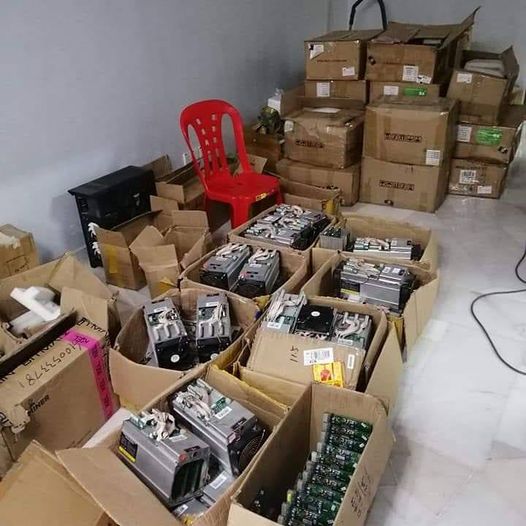
About 30 miles north of Petrified Forest National Park, away from the highway billboards advertising kachina dolls and other Native American arts, the landscape stretches into a flat endlessness, dotted by scrubs and the shade of an occasional mesquite tree. The Nahata Dziil Chapter of the Navajo Nation occupies 350,000 acres of ranchland, called New Lands. It seems like they don’t care about the people living here, their daily lives, their ways of life.” Trouble at a remote operation “I’m just frustrated with the government, both Navajo government and federal government. “We don’t know what that is, what these chemicals are that they’re using,” he said. Pahi, a retired engineer and rancher, gestured at a muddy stain on the ground. The helium industry isn’t new - drilling for the gas occurred in Arizona in the 1960s and '70s - but the renewed interest is leaving tiny communities at the front lines with questions and government agencies trying to assure them of the protections in place.

“There isn't open communication, there isn't transparency of, ‘This is exactly what's going on, this is what we're doing and how does that sound to you?’” said Robyn Jackson, a coordinator with the nonprofit environment group Diné C.A.R.E., which focuses on environmental justice issues on the Navajo Nation. On the Navajo Nation, the long and deadly legacy of resource extraction by outsiders has made locals skeptical at best. Muddled jurisdiction over surface and mineral rights, opaque communication with locals, and the proprietary nature of the oil and gas industry have further fed mistrust between communities and the agencies tasked with overseeing drilling companies. Government agencies say they have sufficient regulations in place to prevent environmental degradation. Physicists and academic researchers rely on helium for experiments.īut as companies have started drilling, local residents and environmentalists in this corner of the state have responded to the growing interest with alarm, concerned that hydraulic fracturing, colloquially known as “fracking,” is coming to Arizona and will potentially endanger freshwater aquifers and air quality.Ĭompanies and industry experts say helium extraction is a much more benign process than the type of fracking used in oil and gas operations in states like Texas and Pennsylvania. The non-combustible gas has historically been extracted as a byproduct of oil and natural gas, but private drilling companies are increasingly becoming interested in mining it on its own.īeyond party balloons and blimps, helium has key uses in medical equipment like MRIs, semiconductors, and space technology.

Helium is the universe’s second-most abundant element, but it’s in short supply on Earth, where imbalances in the market repeatedly cause global shortages. The non-toxic gas exists in some of the highest concentrations in North America, and possibly the world, in pockets of the Navajo Nation and northeastern Arizona.

The contraption is a transfer station for a helium mining operation, one of a growing number in the remote region. A constant, high-pitched hum pierces the air as the wind blows across the range. Six pill-shaped light-blue tanks are arranged beside what resembles a huge air-conditioner window unit and a silver cylindrical tank. NAHATA DZIIL - On red-dirt pastureland on the southern edge of the Navajo Nation, El Pahi stands beside what looks like a child’s science experiment, but on a larger scale. View Gallery: Photos: A look at the helium mining operation near Chambers, Arizona


 0 kommentar(er)
0 kommentar(er)
